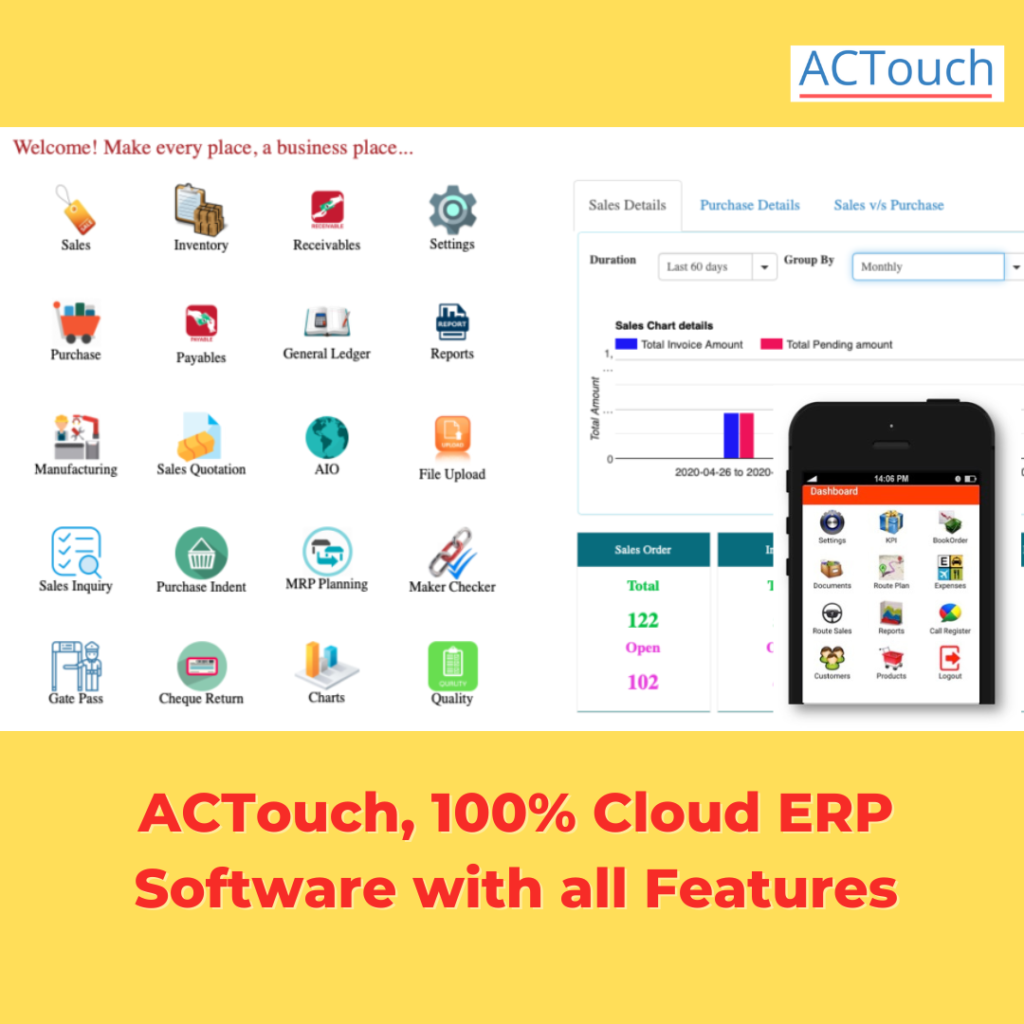Customer Lifetime Value Calculator
A Customer Lifetime Value calculator (CLV) is a tool that helps businesses determine the long-term value of their customers. It involves calculating the net profit a business can expect to generate from an individual customer throughout their entire relationship with the company. By analyzing past customer behavior and purchase patterns, a CLV calculator estimates the potential revenue a customer will contribute in the future.
Why you should know your Customer Lifetime value (CLTV)?
Calculating Customer Lifetime Value (CLTV or CLV) provides businesses with valuable insights into the long-term financial impact of their customers. Here are several ways in which understanding CLTV brings significant business value:
- Strategic Marketing Decisions: CLTV helps allocate marketing resources effectively. It enables businesses to focus on acquiring and retaining high-value customers, rather than chasing short-term gains. This strategic approach optimizes marketing campaigns and budgets.
- Customer Segmentation: CLTV allows businesses to segment customers based on their potential value. By identifying high-value customers, companies can tailor marketing efforts, loyalty programs, and personalized experiences, fostering stronger relationships.
- Pricing Strategy: CLTV helps set appropriate pricing by understanding how much customers are willing to pay over their lifetime. This guides businesses in offering competitive pricing that aligns with the value they bring to customers.
- Product and Service Development: Knowing CLTV helps direct product and service development efforts. Businesses can invest resources in creating offerings that cater to the preferences and needs of high-value customers, ensuring a higher return on investment.
- Customer Retention Strategies: Understanding CLTV highlights the importance of retaining customers. Investing in customer service, support, and engagement initiatives becomes a priority to extend customer relationships and increase their overall lifetime value.
- Churn Prevention: CLTV aids in identifying early signs of customer churn. By recognizing declining CLTV trends, businesses can take proactive steps to address customer dissatisfaction and prevent them from leaving.
- Optimized Sales Processes: Sales teams can use CLTV to prioritize leads and prospects based on potential lifetime value. This guides sales efforts toward customers who are likely to generate the most value over time.
- Enhanced Customer Experience: High CLTV customers deserve superior experiences. Understanding their value helps businesses allocate resources to provide exceptional support, personalized offerings, and responsive communication.
- Investor and Stakeholder Confidence: Demonstrating a strong understanding of CLTV enhances investor and stakeholder confidence. It shows a focus on sustainable growth and profitability, indicating a well-managed business.
- Financial Planning and Forecasting: CLTV data informs financial planning and forecasting. Businesses can project future revenues, costs, and profitability based on their customer base’s long-term value.
- Evaluation of Acquisition Strategies: CLTV aids in evaluating the effectiveness of customer acquisition strategies. Businesses can measure whether the cost of acquiring new customers aligns with the potential value those customers bring over time.
- Decision-Making: Overall, CLTV provides a comprehensive view of the true value of customers to a business. It guides decision-making across various departments, from marketing and sales to customer service and product development, ensuring a more customer-centric and financially sustainable approach.
In essence, calculating CLTV empowers businesses to make informed decisions that prioritize customer satisfaction, loyalty, and long-term financial success.
To identify and manage the above, we need Customer Lifetime value calculator that gives right value to manage the business.

Why we need a Customer Lifetime Value Calculator?
- Strategic Resource Allocation: Understanding CLV helps businesses allocate resources more effectively. By identifying high-value customers, companies can focus their marketing efforts, customer service, and retention strategies on the segments that bring the most significant return on investment.
- Optimized Marketing Strategies: Businesses can tailor their marketing messages and campaigns based on customer segments with varying CLVs. This personalized approach ensures that marketing efforts are targeted to customers’ specific needs and preferences.
- Better Customer Retention: By knowing the CLV, businesses can focus on customer retention strategies. Since acquiring new customers is often more expensive than retaining existing ones, improving customer loyalty can lead to higher profits in the long run.
- Accurate Customer Acquisition Costs: Knowing the CLV helps businesses determine how much they can afford to spend on acquiring new customers. This information ensures that customer acquisition efforts are cost-effective and align with the expected return from each acquired customer.
- Product and Service Development: Understanding CLV allows companies to prioritize product or service improvements that align with the needs of their most valuable customers. By focusing on customer preferences, businesses can increase customer satisfaction and loyalty.
- Long-Term Business Planning: CLV provides insights into the long-term sustainability of a business. Companies can set realistic goals, forecast revenue, and plan future investments based on the expected lifetime value of their customer base.
- Customer Segmentation: Businesses can segment their customer base based on CLV to create targeted marketing campaigns and tailored experiences for different customer groups. This segmentation helps in providing more personalized customer experiences.
- Proactive Churn Management: CLV can help identify customers who may be at risk of churning. By intervening with tailored offers or personalized communication, businesses can reduce churn and increase customer retention.
- Financial Decision Making: CLV helps businesses make informed financial decisions related to pricing strategies, discounts, and promotions. By considering the long-term value of customers, companies can avoid short-sighted decisions that may erode profitability.
- Competitive Advantage: Companies that prioritize CLV have a competitive advantage over competitors who focus solely on short-term gains. A CLV-centric approach fosters customer loyalty and helps businesses build lasting relationships with their customer base.
In summary, a Customer Lifetime Value calculator is a powerful tool that empowers businesses to make data-driven decisions, improve customer engagement, and enhance overall profitability. Lifetime Customer Value calculator can help us to speedup our data review and presentation process too.
Migrate to 100% Cloud ERP Software Now | ||
 | Want to know more about ERP Features and our Services?  |
Lifetime Customer Value Calculator and its formula
Following are the details for the Customer Lifetime.value calculator and how to use it.
- Input Fields:
- Average Purchase Value (in currency, e.g., USD)
- Purchase Frequency (per month, per year, etc.)
- Customer Retention Rate (as a percentage)
- Gross Margin (as a percentage)
- Customer Lifespan (in months or years)
- Calculate Button: After filling in the necessary data, users can click the “Calculate” button to compute the CL